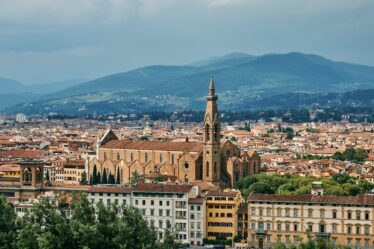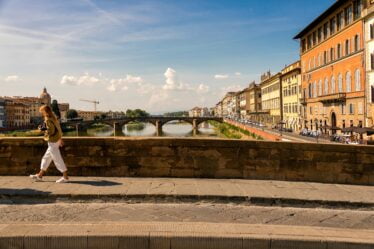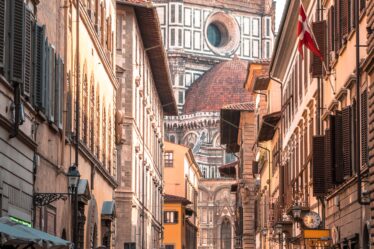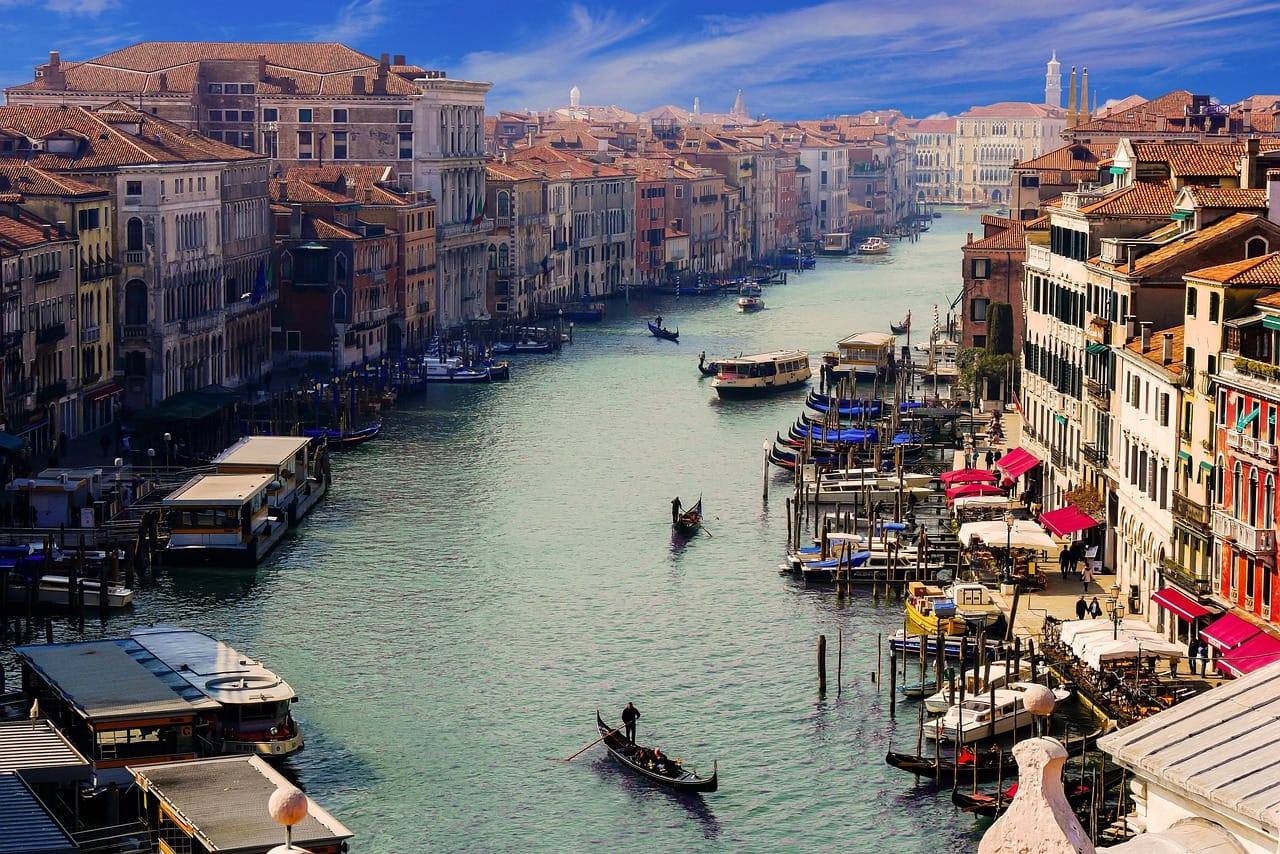
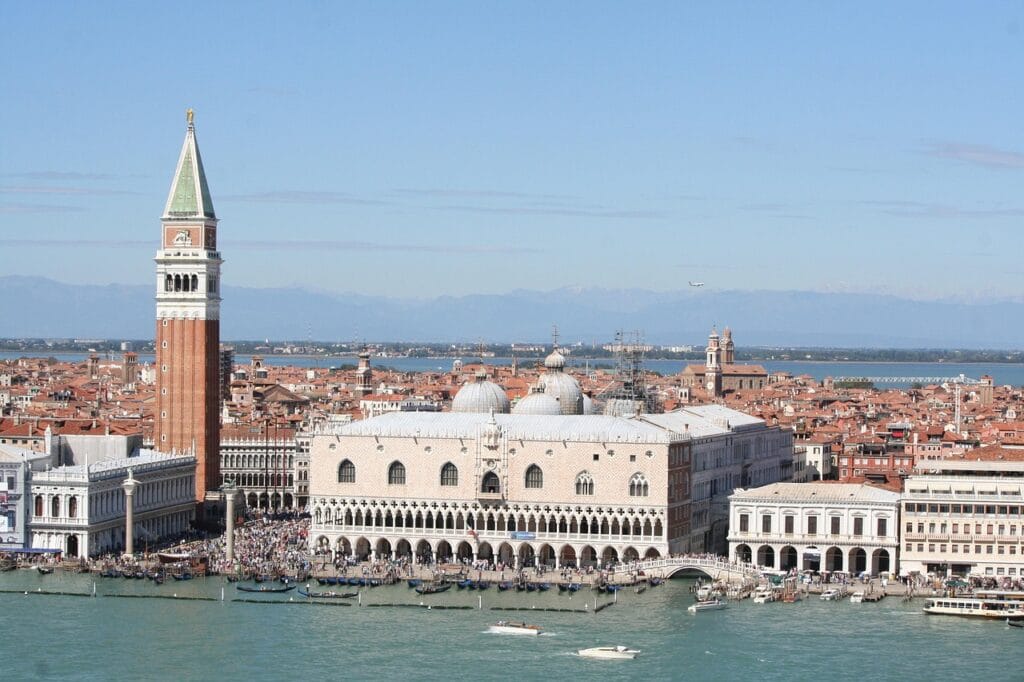
Introduction: A Forgotten Legacy Resurfaces
Do you know the story of the Emperor of Campiello dell’Angaran? It’s not a fairytale—it’s a remarkable episode from Venetian history, brought back to light by the elegant storytelling of Il Fede Elegante in 2019. The tale centers around the Legacy of the Emperor, a noble myth used by the powerful Giustiniani family to legitimize their rule. This is a story of ancestry, empire, betrayal, and the mysterious medallion still found today in the Campiello dei Pantaloni.
Noble Blood and Ancient Claims
To have an impressive ancestor in the family tree was once a political asset. In ancient times, noble Venetian families often traced their roots to legendary figures to justify their authority. Marcello claimed descent from Aeneas, Scipio Africanus, and even the mighty Giustiniani traced their bloodline back to Justinian I, the great Roman emperor of Byzantium.
The Legacy of the Emperor wasn’t just family pride—it was part of the power game. However, as history often shows us, even glorious bloodlines can face extinction if they have no heirs. And this, indeed, was the terrifying fate the Giustiniani family almost met.
A Crisis in the East
It was March 1171. The Byzantine Emperor Manuel I Komnenos had reached a breaking point with Venetian merchants operating within his empire. These merchants had accumulated enormous privileges—tax exemptions, free trade rights, and generous property concessions. Consequently, while the empire’s economy weakened, Venice grew ever richer and more influential.
So, in a drastic move to restore balance, Emperor Manuel ordered the arrest of all Venetians in the Empire—over 40,000 individuals, with 10,000 arrested in Constantinople alone. Their properties were confiscated, clearly revealing the economic motivations behind the mass arrests.
The Venetian response? War.
Venice Strikes Back
By September 1171, 150 warships launched from the Venetian Arsenal. Leading the fleet in person, Doge Vitale Michiel set sail for Constantinople. Venice was not about to lose its greatest commercial stronghold.
However, Manuel proved clever. He delayed diplomatic negotiations under the guise of renegotiating Venetian privileges. Meanwhile, the entire Venetian fleet waited in the harbor of Chios through the winter.
Then, disaster struck. A mysterious epidemic broke out on the ships. The disease decimated the Venetian forces, forcing the survivors—just a handful of soldiers—to retreat in humiliation. That year, Byzantium had won.
For more on Byzantine-Venetian relations, explore: Byzantine Empire – Britannica
The Tragedy of the Giustiniani
What does this have to do with the Legacy of the Emperor?
Everything.
In this failed campaign, all male members of the Giustiniani family died. For a family so powerful it could claim to have helped found Venice, extinction was unthinkable. Imagine the scramble for their titles, properties, and influence.
To save the bloodline, the Venetians turned to the last remaining Giustinian on Earth—a man living in San Nicolò del Lido. In an unprecedented move, the Pope himself was called in to approve a marriage between this man and the Doge’s daughter.
A Dynasty Reborn
From that union, the Giustiniani family rose again—twelve new children, nine of them male. Their legacy included land, churches such as San Giovanni in Bragora and San Pantalon, and entire neighborhoods.
To proclaim their return as rulers of the Venetian contrade, they didn’t just hang up family crests. No—they carved into the walls a bold statement: the image of an emperor himself.
It didn’t matter if it was truly Justinian. What mattered was the symbolic power of the figure. That was the Legacy of the Emperor.
The Medallion and the Memory
Even today, in the Campiello dei Pantaloni, you can find the medallion honoring this story. It’s not only a symbol of pride—but also a reminder of how close an empire came to vanishing.
Some might call it arrogant. But as the Giustiniani would have said: “Sorry, but I am who I am.”
Discover more Venetian noble families here: Venetian Nobility – VeniceWiki
Learn about the Basilica of San Giovanni in Bragora: San Giovanni in Bragora – Churches of Venice
Visit San Pantalon and its ceiling masterpiece: San Pantalon Church – Venezia.net

